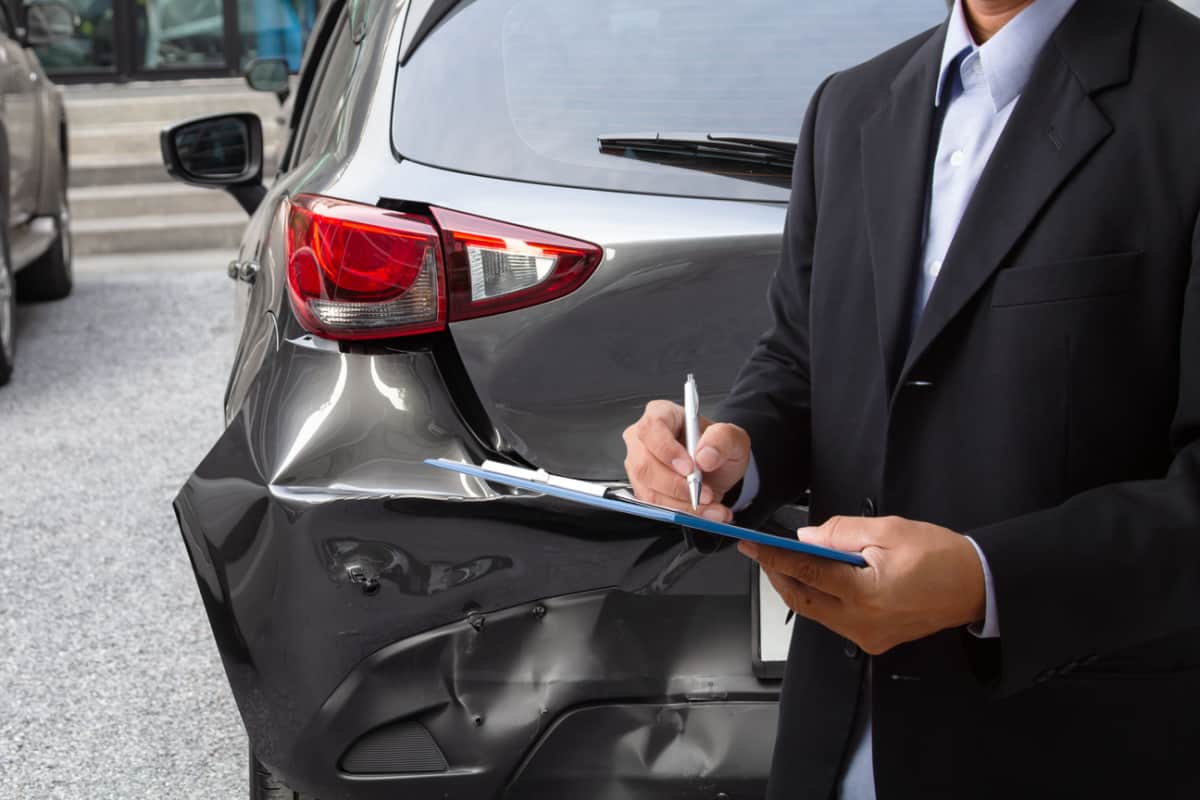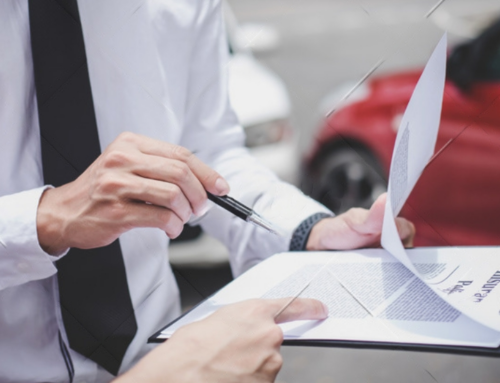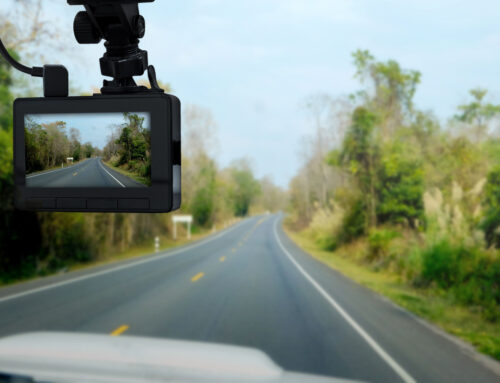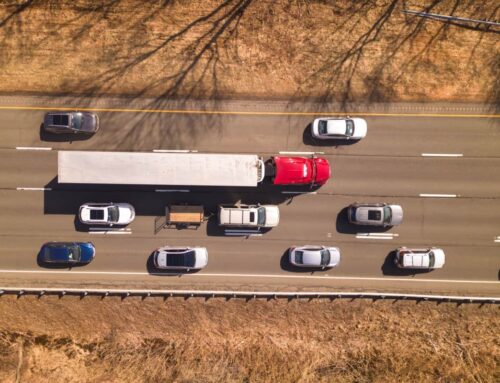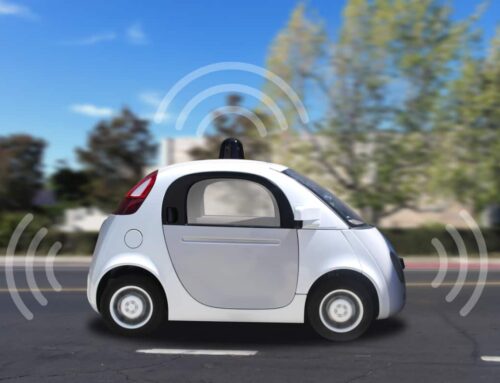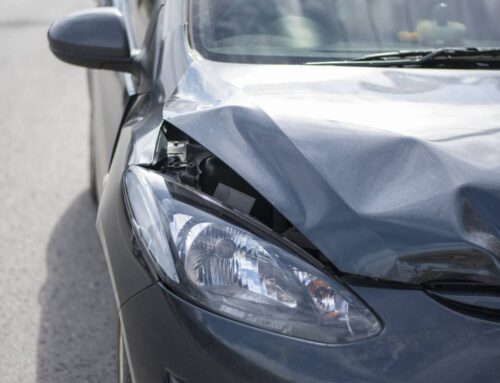New Orleans law enforcement have investigated a fatal collision in the eastern part of the city, which resulted in one fatality. Authorities were alerted to a two-car accident on Almonaster Avenue’s 10300 block at approximately 5:30 in the morning. According to the New Orleans Police Department, both a Toyota SUV and a white four-door car were headed eastward on Almonaster Avenue. The four-door car contacted the SUV’s rear end, causing its driver to lose control of the vehicle. Subsequently, the sedan collided with a lamppost and erupted into flames. Emergency responders from the New Orleans Fire Department arrived to extinguish the blaze, but unfortunately, the driver could not be rescued and succumbed to the incident.
When it comes to solving the puzzle of who is at fault in a car accident, forensic evidence often plays a significant role. It’s a realm of scientific methods used to collect and examine physical traces left at the scene. Imagine it as a silent witness providing valuable information which can support or challenge an argument about the incident. In a car accident case, forensic evidence can range from skid marks on the road to vehicle damage, and even data from electronic devices in the vehicles involved.
Types of Forensic Evidence
When exploring who’s at fault in a car accident, various types of forensic evidence come into play. One common type is skid marks, which can reveal a lot about the speed and direction of a vehicle before the collision. Another useful type is vehicle damage, offering clues about the force and angle of impact. Debris from the scene, such as broken glass or torn fabric, can also provide valuable insights.
In today’s digital age, electronic data recorders (EDRs) inside cars store critical information like speed, steering angle, and brake usage just before an accident. Traffic camera footage and photographs taken immediately after the incident are more forms of evidence often utilized.
Additionally, witnesses can sometimes offer forensic testimony, especially if specialized knowledge is needed. For example, a mechanic might testify about vehicle failure, or a meteorologist could discuss weather conditions at the time of the accident. All these different kinds of evidence work together to paint a fuller picture of what actually happened.
Importance of Skid Marks and Crash Scene Analysis
Skid marks and crash scene analysis serve as significant components in the forensic investigation of car accidents. Skid marks on the road surface can tell an investigator quite a bit about the events leading up to a collision. These marks help in estimating the speed of the vehicles and can also indicate braking patterns. In some cases, skid marks alone can offer sufficient information to reconstruct the accident scenario.
Crash scene analysis involves a broader approach, encompassing not just skid marks but also the position of the vehicles, the dispersion of debris, and any damage to surrounding structures. Investigators use these details to formulate a hypothesis about how the collision occurred. For example, broken fences or damaged road signs can help determine the trajectory of the vehicles involved.
Role of Vehicle Damage Assessment
Vehicle damage assessment offers yet another layer of information in the quest to determine fault in a car accident. By looking at dents, scrapes, and broken parts, investigators can gain insights into the force and direction of impact. For example, front-end damage may indicate a head-on collision, while damage to the side could suggest a T-bone accident. The severity of the damage also provides clues about the speed of the vehicles at the time of impact.
Specialists often carry out these assessments, meticulously documenting all signs of damage. Photos and measurements become part of the evidence package, supporting other types of forensic information. Moreover, advances in technology have led to 3D scanning methods that can create detailed renderings of the damaged vehicle, offering even more precise data.
In summary, vehicle damage assessment not only helps in piecing together how an accident occurred but also in corroborating other forms of forensic evidence. It adds another dimension to the investigative process, aiding in the determination of fault.
Analyzing Traffic Camera Footage for Evidence
Traffic camera footage can serve as an impartial observer in the aftermath of a car accident. These cameras, strategically positioned at intersections and along roadways, capture real-time events and can provide a factual account of the incident. Footage from these cameras can show vehicle speed, traffic light status, and even the behavior of pedestrians, if involved.
Law enforcement agencies commonly review such footage as part of their investigative process. It can also be a useful resource for insurance companies seeking to verify statements from those involved in the accident. Traffic camera footage can help resolve disputes about who had the right of way or whether a traffic light was red or green at the time of the accident.
Other types of forensic evidence often play a significant role in determining fault.
EDR Data: Uncovering Hidden Clues
Many modern vehicles come equipped with an Event Data Recorder (EDR), often likened to a “black box” found in airplanes. An EDR records specific vehicle information during and immediately before a collision. Parameters like speed, brake application, and steering angle get stored in these devices. Unlike skid marks or vehicle damage, EDR data offers a digital record of what occurred, capturing details not visible to the human eye.
Investigators frequently extract and analyze EDR data during a forensic examination of car accidents. It can clarify conflicting accounts from drivers or eyewitnesses, offering an impartial record of events. For example, if there is a question about whether brakes were applied before a crash, the EDR data can provide an unequivocal answer.
How Forensic Evidence Influences Insurance Claims
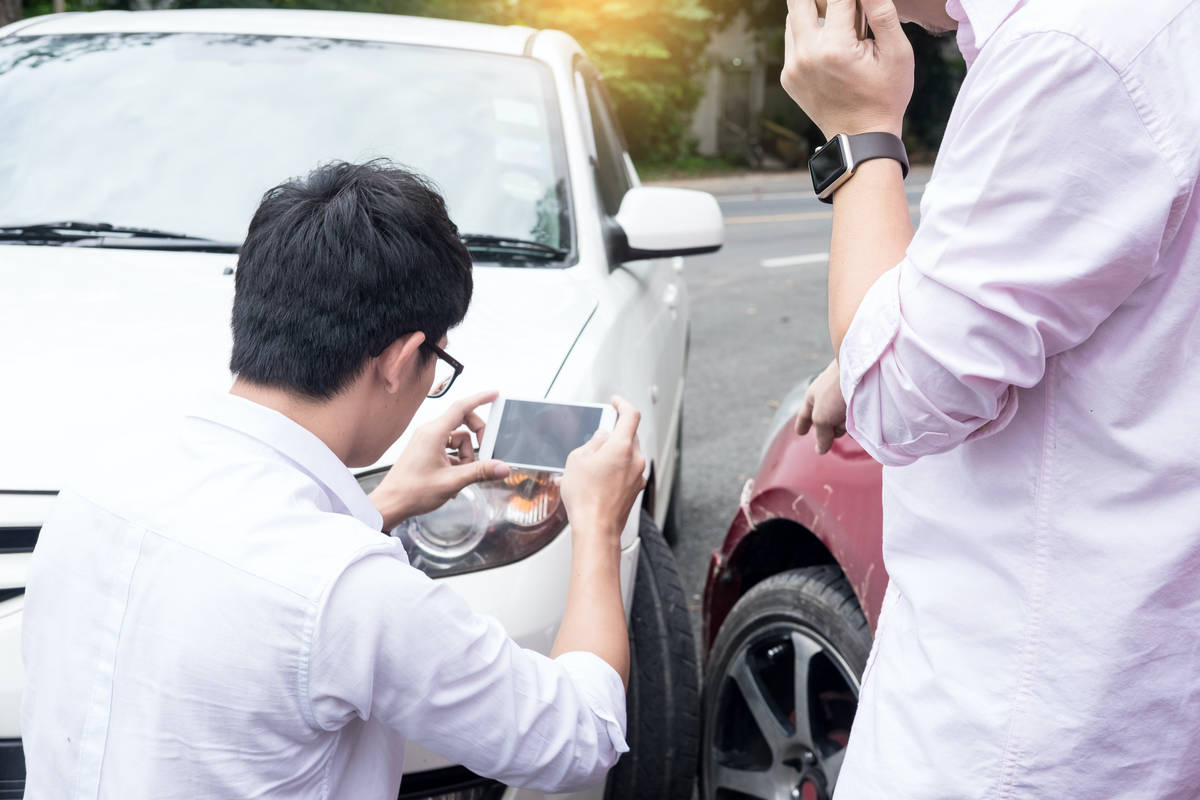
Forensic evidence often serves as a cornerstone in the resolution of insurance claims following a car accident. Insurance companies place great emphasis on objective data when determining fault and assessing claim payouts. Elements like skid marks, vehicle damage, and EDR data can offer strong indicators of who is responsible for an accident.
Traffic camera footage and expert witness testimonies can further validate or challenge the claims made by those involved. For instance, if EDR data shows a vehicle was speeding significantly above the limit, an insurance company may be more inclined to place fault on the driver, affecting claim outcomes.
Moreover, the more comprehensive the forensic evidence, the less room there is for ambiguity or dispute. By shedding light on key aspects of the accident, forensic evidence plays a pivotal role in streamlining the insurance claim process, leading to quicker resolutions and more fair outcomes for all parties involved.
Our experienced team is ready to guide you through your options, ensuring your interests are adequately represented and your rights are protected. Don’t hesitate to reach out or call 504-526-2222 for a free consultation.



